A Guide to the Different Types of Dog Collars
Collars are an inseparable part of a dog’s life. They’re a helping tool that assists you in walking or training your pet, and even identifying it if needed. A lot of collars are also used as fashion statements these days and come in all sorts of designs so you can pick models that perfectly complement your outfits.
Choosing the right one for your dog is important because it should fit comfortably. After all, no allergies, leave no marks and make them feel safe. The type you pick depends on the animal’s age, level of training and breed. So, if you’re a new owner choosing one might get overwhelming when you see all of the options. But if you know what you’re looking for, things will be much easier.
Types
Electronic
Electronic collars have been a controversy in the pet world for a while. Owners and trainers have different views and opinions on it. But at the end of the day, they can’t deny that the stimulative multi-level e-collar is very effective when it comes to training. It’s also known as a shock collar, and it uses mild electric current to shock your dog.
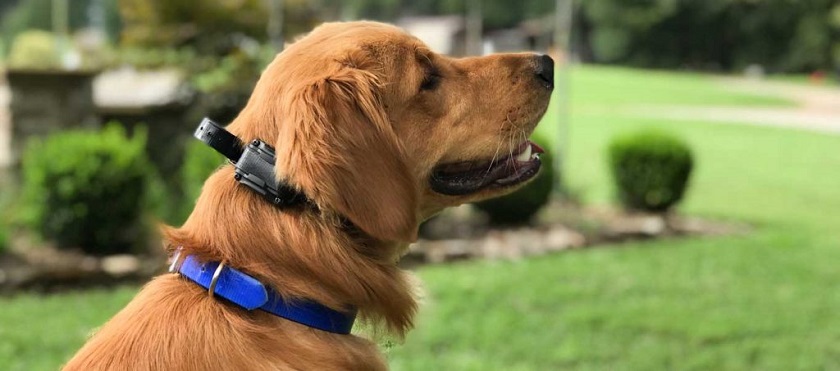
It’s controlled by a remote and when you push a button it sends small shock waves through its metal components. Owners often use this type of training as a last resort. If they can’t contain the barking, scratching, chewing or running away. People with big yards would naturally let the dog wander around the yard. But sometimes the animal runs away and can get into very unpleasant situations.
That’s why they turn to this collar to train the pup not to go past the fence or the door of the yard. It’s an effective method that lets you do the training in just a couple of weeks, instead of months. This puppy accessory is also a better way of communicating commands. It gives the pup a leash-free walk but you can still enforce commands even from far away.
You won’t have to raise your voice, run around and chase it all the time. The pet gets clear feedback on what it can do and what’s forbidden. The training sessions get less time-consuming and increasingly effective. Dogs bark and that’s their way of communicating, but sometimes it can be too much if they bark for no particular reason.
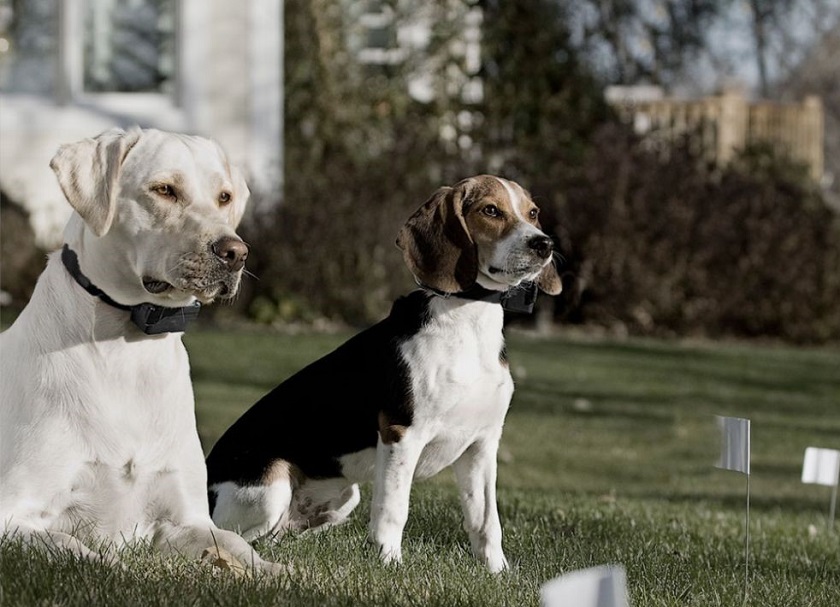
It’s only natural to do so when the postie walks by or if a stranger walks into your yard. If this gets overwhelming, this collar can help you stop the barking. The same thing goes for jumping. Sometimes it gets out of control and the animal jumps to anyone and everyone, family, friends, guests and even strangers. It can be uncomfortable and scary for some people, so it’s important to stop it.
Of course, you should use this device with caution and responsibly. The pet may be scared and panicked at first. So, it’s good to ease it into the new collar. Attach it to the neck, let the animal get used to it, and maybe give it some kind of treat as a reward. This way it won’t consider it a threat and be scared every time you put the collar on its neck.
Buckle
The buckle is one of the most common but least effective dog training tools. Although it can fit many canines and has a wide range of sizing settings, your pooch cannot receive the correct feedback from it. It usually works perfectly for smaller dogs but won’t give you a lot of control over bigger breeds. It has a pretty simple adjustment section and even if the pup pulls it won’t choke on it.
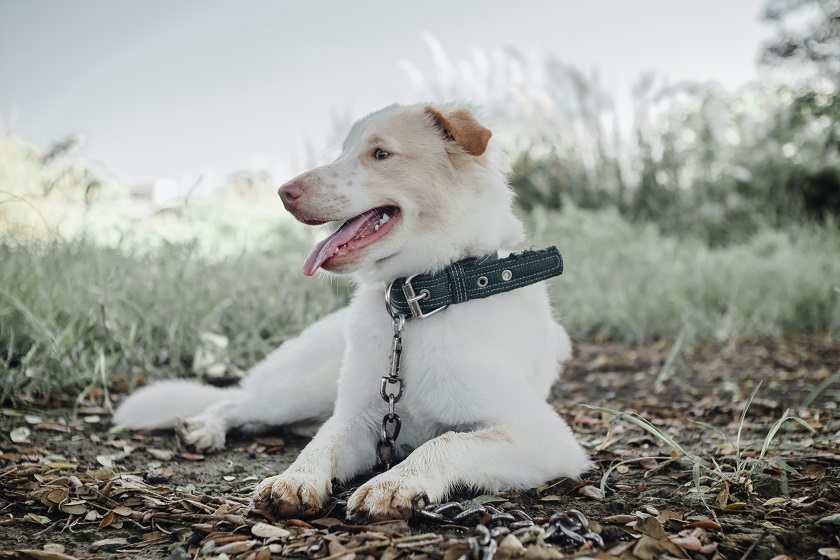
This type is more of a fashion accessory, something that can express your pet’s personality. It’s made of high-quality, durable fabrics such as nylon, leather or cotton. You can find it in many colours and a simple design. A great addition to this, you can also attach a name tag with your information on it.
Choke Chain
This is another popular training collar that’s meant to get the dog’s attention similar to the e-collar. The metal links that make it, will tighten around the dog’s neck when you pull in case of disobedience. This makes the animal uncomfortable and forces it to stop what it’s doing. The downside is that this collar can cause neck injuries or choking if you don’t get the right fit or don’t use it properly.

Prong
This is another design that sparks controversy in the training world. It applies pressure to the neck when there’s disobedience. This is in cases like excessive barking, pulling or jumping on people. The pressure will feel uncomfortable, and the pup will stop what it’s doing. Despite the big debate if these, and e-collars are safe or not, we know for sure that they’re valuable training devices for big dogs.
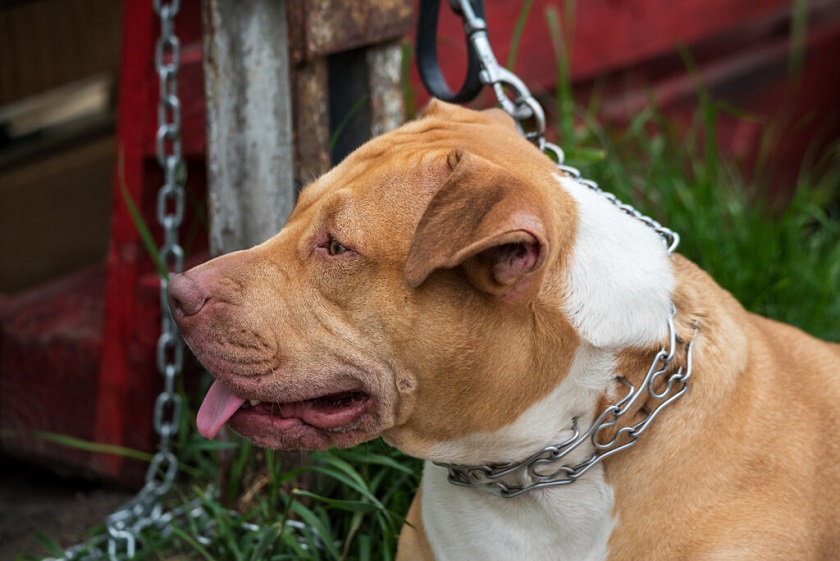
Martingale
This gives you great control over the animal. It won’t choke them and it’s perfect for breeds with narrow heads like Whippets or Greyhounds. When they pull the leash won’t slip off their head, but instead, it tightens a bit. When the dog stops pulling, the leash loosens up.
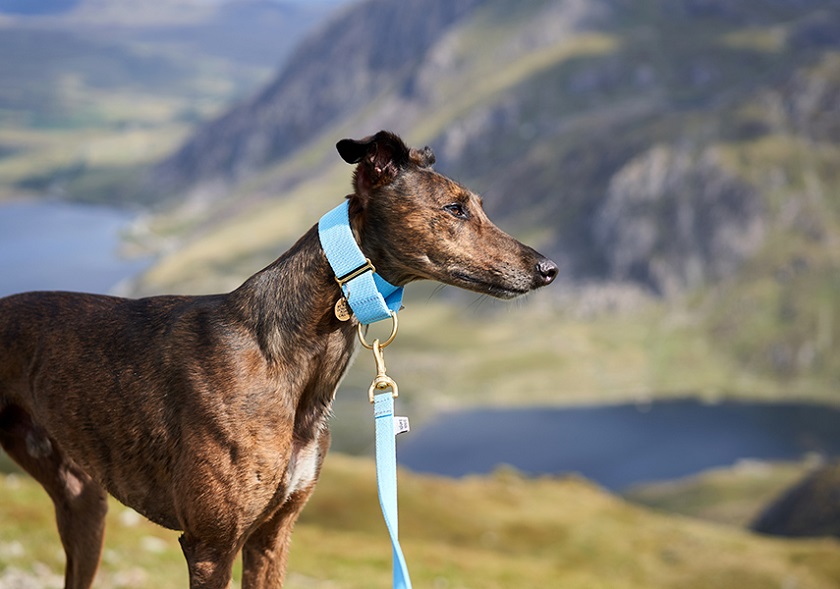
Harnesses
Harnesses go over the abdomen and chest and cross over the back. They don’t go to the neck. A lot of owners prefer this leash because there’s no pressure on the neck. If the pup has any neck issue or some kind of disease, this is a great alternative. Small breeds are perfect for it.

How to Measure the Size of the Neck
A collar that doesn’t fit well, can cause injuries, interfere with the training or even let the dog escape. The best way to measure the dog’s neck is with a measuring tape. Take one and wrap it around the neck where the collar is supposed to sit, but don’t make it too tight. Measure a couple of times if needed and use the two-finger rule. This means you place 2 fingers between the collar and the neck. I it feels comfortable it’s okay, if it feels tight, the pup will be uncomfortable with that size.





